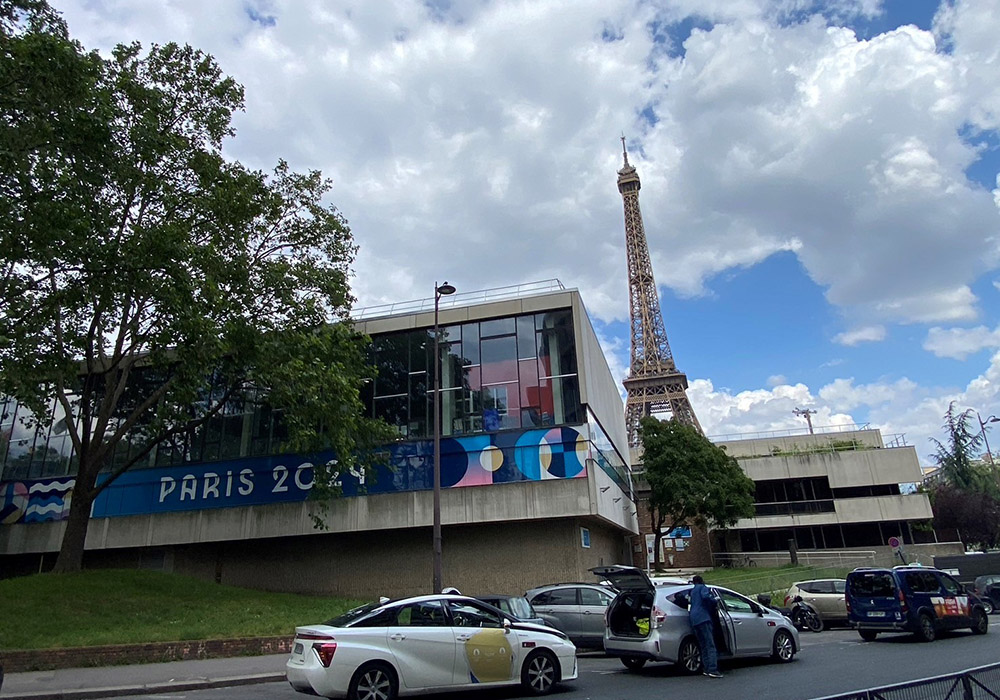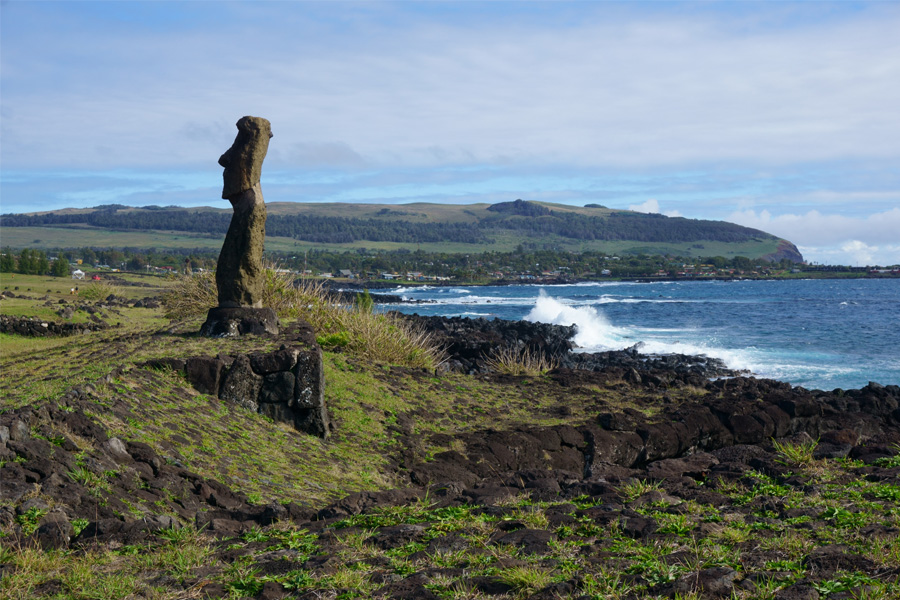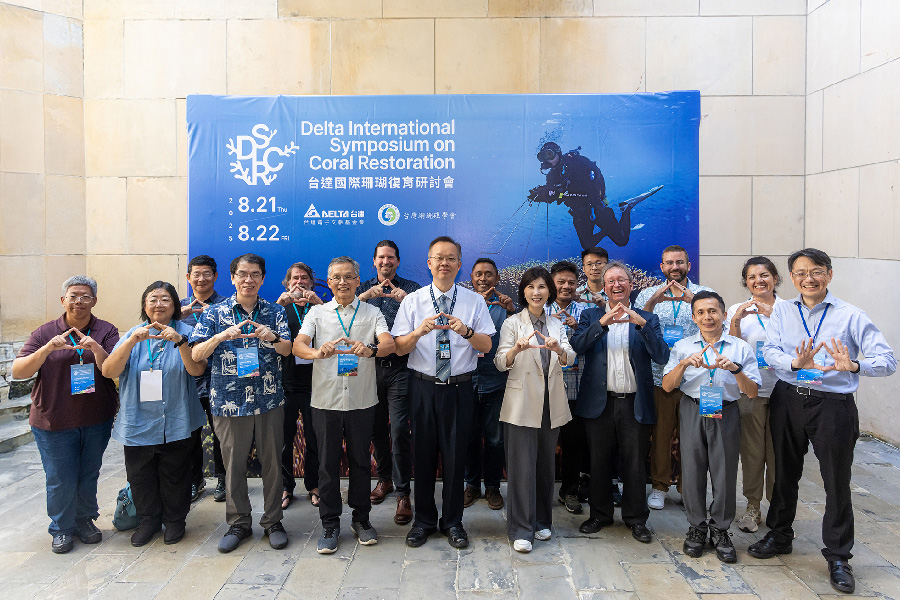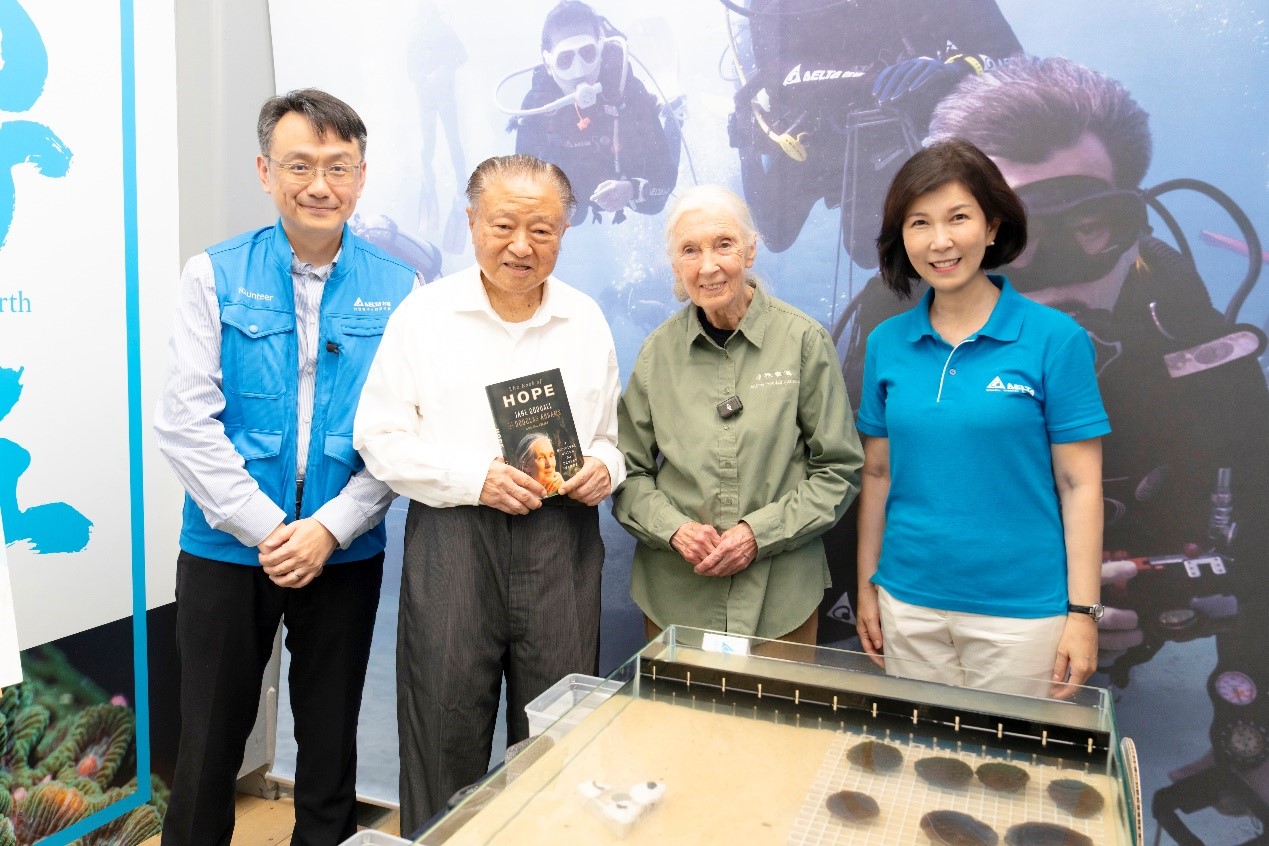In order to reduce its carbon footprint, the building of the Olympic Athletes' Village in Paris uses a large amount of wood and low-carbon concrete, reducing carbon emissions by 47%, and none of the spaces will be air-conditioned. This has raised concerns among delegations. With summer temperatures in Paris reaching over 40 degrees Celsius in recent years, an un-air-conditioned Athletes' Village could deplete the athletes' energy, affecting their performance, increasing their health risks, and even triggering anxiety.
 The 2024 Summer Olympics will take place in Paris. (Photography by Weiting)
The 2024 Summer Olympics will take place in Paris. (Photography by Weiting)
As the 2024 Summer Olympics approach, the Paris City Government and the International Olympic Committee are committed to creating the most environmentally friendly Olympic Games in history. Their goal is to reduce carbon emissions to half of those recorded during the 2016 London and 2012 Rio Olympics. To achieve this, they have implemented a series of sustainable measures covering various aspects such as venue construction, energy use, food supply, and transportation.
One of the notable innovations of the Summer Olympics is the approach to venues: 95% of the Olympic venues for events are either existing or temporary, avoiding the construction of unnecessary new venues. If new facilities are essential, low-carbon construction methods will be employed. Among the new constructions is a low-carbon, sustainable Athletes' Village, built specifically for the Olympics.
Creating a low-carbon sustainable Athletes' Village
The Athletes' Village is located in Seine-Saint-Denis, about 7 kilometers from the center of Paris. This project, spanning approximately seven years from design and construction to near completion, has faced various challenges, including the pandemic, the war in Ukraine, and local resident protests. Covering about 50 hectares, the Village comprises 82 buildings with over 3,000 small apartments (around 12 square meters each), accommodating thousands of athletes and accompanying personnel from around the world during the Olympic Games. After the Olympics, it will be transformed into a sustainable residential and commercial area.
To reduce the carbon footprint and promote sustainable development, the buildings in the Athletes' Village use a significant amount of wood and low-carbon concrete, reducing carbon emissions by 47%. The energy is primarily sourced from renewable resources such as geothermal and solar energy. Within the Village, transportation will be mainly by bicycles or electric vehicles, contributing to further reduction of the carbon footprint.
Inside the rooms, eco-friendly cardboard furniture used in the Tokyo Olympics is adopted to avoid unnecessary resource waste. One of the most discussed measures is that no air-conditioning will be installed in any of the spaces in the Village.
Is it possible to live without air-conditioning ?
However, the Summer Olympic Games coincide with the height of summer (July 26 to August 11) and according to meteorological forecasts, daytime high temperatures in Paris during the summer months usually range from 25 to 30°C, with heatwaves being more likely to exceed 35°C. With a record high temperature of 42.6°C in July 2019 and a heatwave and days of high temperatures during the summer of last year (2023), it seems that days of intense heat have become the norm for Paris. However, the sweltering temperatures are too much for even the residents, not to mention the athletes who need to be in top form at all times.
Many national delegations and sports organizations have expressed concern about the lack of air-conditioning in the Athletes' Village. Athletes' physical exertion will increase under high temperatures, which may have a negative impact on their physical and mental state, thus affecting their performance in competitions. Athletes exposed to high temperatures for a long period of time are at risk of heat stroke and dehydration. This not only affects the performance of the competition, but may also cause long-term damage to the athlete's body.
For athletes and training teams, the Athletes' Village is a fortress that provides ample space for recovery and rest in between competitions. However, the lack of air-conditioned accommodation may result in poor sleep quality, which may affect recovery efficiency and the following day's performance. The measure may also affect the overall performance and mental health of the athletes, as the anticipated need to live and compete in a high temperature environment may cause additional stress and anxiety.
 The Olympic Athletes' Village in Seine-Saint-Denis. Picture source: IOC official website
The Olympic Athletes' Village in Seine-Saint-Denis. Picture source: IOC official website
In stark contrast, the 2022 FIFA World Cup, when not only the athletes' village, but also the outdoor open spaces and open-air football stadiums, were air-conditioned, generating high levels of carbon emissions that have led to criticism. However, the decision not to install air-conditioning at the Paris Olympics in order to reduce carbon emissions also raised concerns about the potential impact on the athletes' performance.
Innovative groundwater cooling system helps reduce temperature
Organizers of the 2024 Summer Olympics say the Athletes' Village will use an underground water cooling system to maintain temperatures in 95% of the accommodation areas at 23-26°C, ensuring athletes can stay cool without air-conditioning. This cooling system has successfully cooled the Louvre during previous heat waves.
In addition to the use of the cooling system, the Athletes' Village has adopted a green building design approach to minimize the need for air-conditioning through designs such as insulation and thermal management strategies. In addition, electric fans will be allocated to each of the small flats to help cool them down, totalling 8,200 units.
If the above measures are not enough to convince the delegations, the International Olympic Committee also offers additional solutions, such as installing portable air-conditioning units at a cost of about €300 per unit to be borne by the requesting delegation, which has already been confirmed by the United States Delegation.
Anne Hidalgo, Mayor of Paris, emphasized that the Games will serve as a model of sustainability and environmental responsibility for international events, and will help Paris achieve its goal of carbon neutrality by 2050.While concerns about an air-conditioning-free environment remain, the Paris Olympic Committee is confident that the underground water cooling system is an innovative solution that will be effective in keeping athletes comfortable while meeting environmental goals.
After the Olympic Games, the Athletes' Village is planned to be transformed into a modern residential and commercial area, where 3,000 small flats will be converted into social housing, and schools, shops and offices will be built to enhance the quality of life for local residents. If the green building design and the underground water cooling system work well, it could be a good solution for carbon and temperature reduction in future buildings.
References
20 Minutes (March 1, 2024), JO de Paris 2024: Pas de clim au village olympique, est-ce vraiment raisonnable?
Nouvelle Aube (February 28, 2024), JO 2024: les innovations environnementales du village olympique
LADEPECHE (October 15, 2023), JO-2024: la clim' au village, ou l'histoire d'un compromis
Yahoo News (March 21, 2023), How Paris Plans to Keep Athletes Cool Sans Air Conditioning During the 2024 Olympics
NBC sports (March 20, 2023), Paris 2024 aims to keep Olympians, Paralympians cool without air conditioners
Low Carbon Living Blog (September 11, 2023), Why only a quarter of French homes have air-conditioning despite high temperatures?
Low Carbon Living Blog (April 12, 2021), The most ecologically sustainable 2024 Paris Olympics is protested by civic groups
This article is reproduced from the Low-Carbon Living Blog, a joint project of the Delta Electronics Foundation for Education and Culture and the Taiwan Environmental Information Association.

















